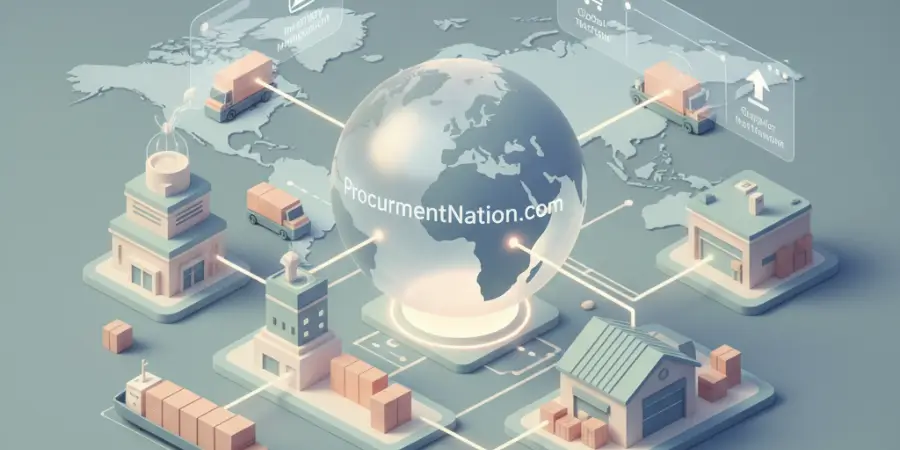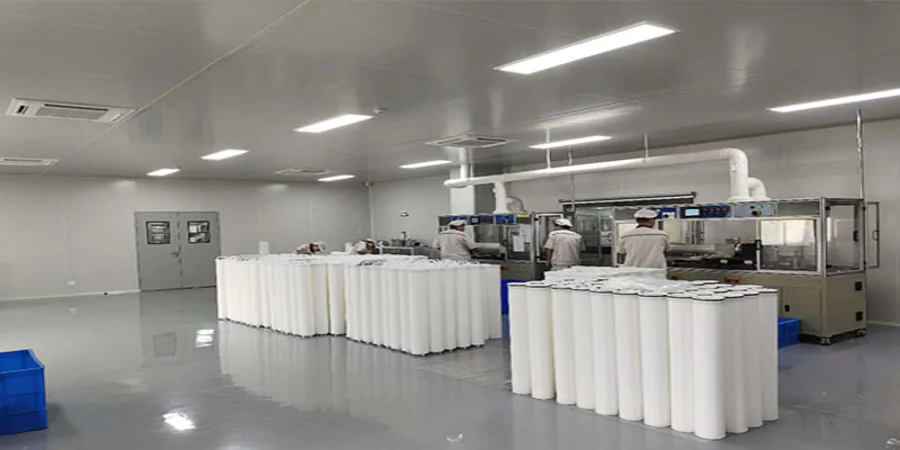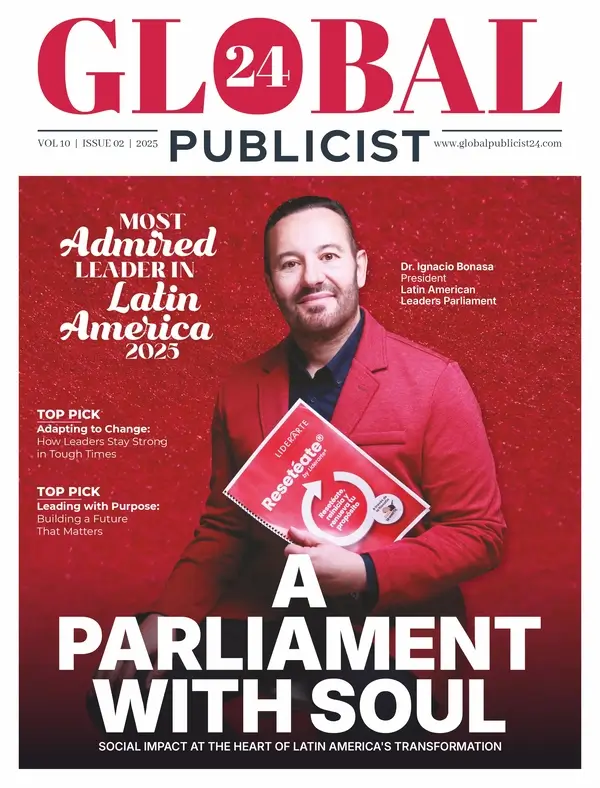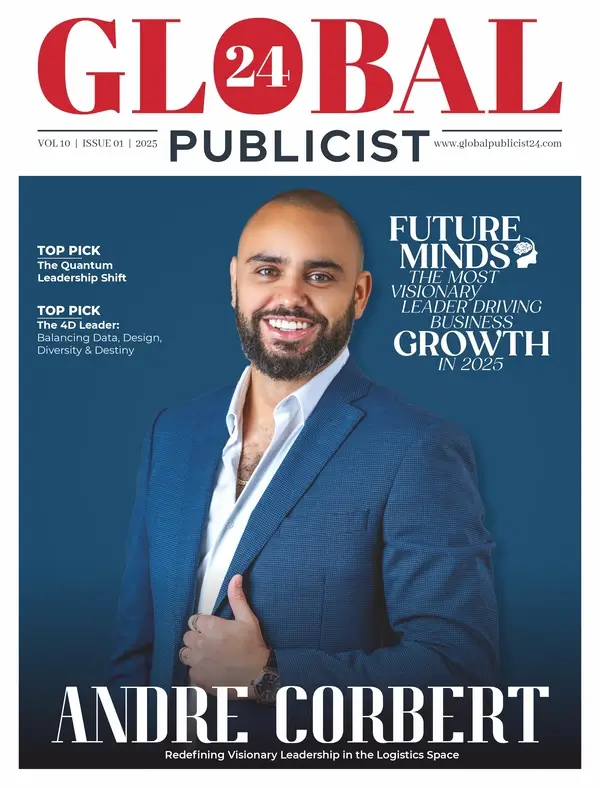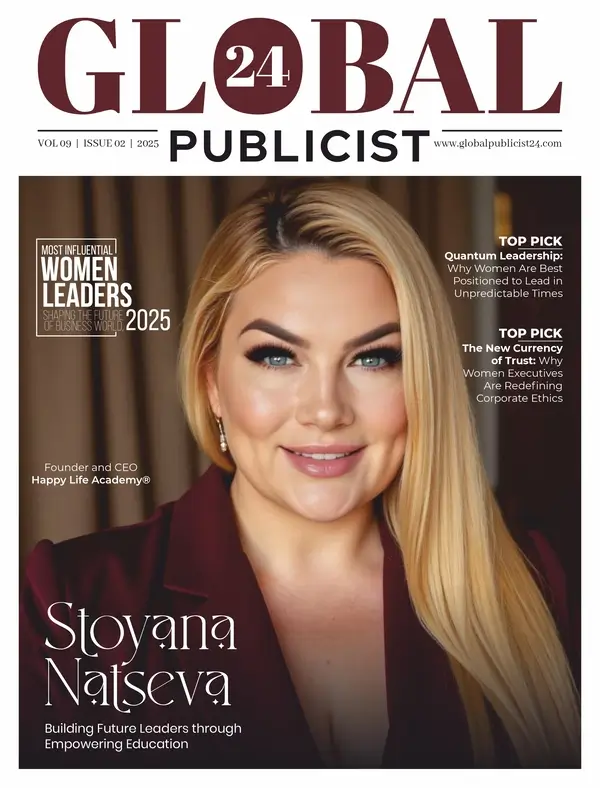The diamond market is constantly changing and adapting, both as a result of external market pressures and due to the strategies adopted within key parts of the industry itself.
There are various forces shaping these dynamics at the moment, so here’s a closer look at how nations, industries, and individuals are determining the future of diamonds.
The Impact of National Policies on Diamond Sourcing
Many countries are implementing stricter guidelines to promote ethical and sustainable practices. These policies aim to strike a balance between economic growth and responsible mining.
Several policy changes have been implemented recently. For instance:
- More governments are enforcing transparency in supply chains, encouraging cleaner trade practices
- Incentives for miners and traders adopting sustainability initiatives have been introduced to minimize environmental harm
- Concerted efforts by politicians to raise the profile of overlooked diamond-producing nations are ongoing. For instance, a recent push to promote Botswana diamonds in the US by the country’s recently elected president focused on the economic benefits as well as the fair trade aspects
Countries rich in diamond resources are also keen to emphasize the importance of retaining more value locally by refining raw materials before export. Such strategies help ensure greater benefits for their citizens.
Nationally driven reforms ultimately aim to ensure the industry meets global standards while also positioning these nations as leaders in a market that values ethics and responsibility.
How Consumer Preferences Are Driving Ethical Branding
Consumers today care about the story behind their purchases, and this has impacted various industries, including health and beauty, as well as the diamond market. Ethical branding has become an expectation.
For example:
- Buyers prioritize brands that offer transparency in sourcing and production processes
- Interest in conflict-free diamonds grows, pushing companies to certify origins clearly
- Lab-grown alternatives attract eco-conscious shoppers looking for sustainable choices
Brands that embrace these shifts often see increased loyalty from customers who value social responsibility. Marketing efforts now emphasize authenticity and accountability to align with these expectations.
Catering to informed consumers lets companies build trust while adapting to new market standards. This movement sets the stage for future innovation within a more responsible jewelry industry that’s worth over $375 billion.
Revisiting Industry Agreements
The global diamond trade relies heavily on agreements that define pricing, sourcing, and distribution. Recent adjustments reflect the industry’s need to adapt to modern challenges.
Changes in industry agreements include:
- Revisions prioritizing fair wages for miners and ethical labor practices that combat previous revelations around exploitation
- Collaborations between governments and the private sector ensuring better resource management
- Flexible terms supporting emerging markets adapting to shifting consumer demands
These updated contracts aim to address both economic inequality and environmental concerns within the supply chain. Focusing on fairness, sustainability, and inclusivity lets stakeholders work toward a more balanced approach, benefiting all parties involved.
Embracing the Age of Transparency
Transparency underpins the global diamond market more than ever, and companies are redefining trade practices to align with consumer expectations and ethical standards.
For example:
- Digital tracking tools provide clear provenance for diamonds throughout the supply chain
- Publicly available certification processes reassure buyers about sourcing authenticity
- Companies embracing open communication build stronger trust with consumers and partners
This shift toward openness helps eliminate unethical practices such as conflict mining. Adopting transparent operations helps businesses enhance credibility while meeting growing demands for accountability.
Transparency is ultimately good business in an increasingly competitive niche. As industries implement these strategies, they reinforce sustainable growth while protecting their reputation.
The Bottom Line
The diamond market has made impressive progress when it comes to accommodating changing values, prioritizing ethics, transparency, and sustainability.
Shifts in policies and agreements respond to both consumer demands and global challenges. Embracing these transformations lets the industry align with a future that balances profit with responsibility.



